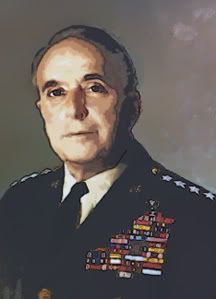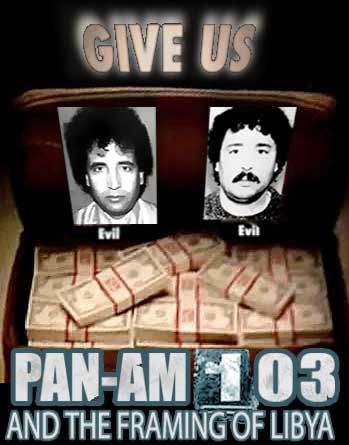January 1933 – Berlin. The Great Depression grips the world, Germany more tightly than most places. Having lost the bitter Word War and been forced to sign the Versailles peace treaty. Under the terms of the Versailles peace treaty that closed World War I, Germany had to disarm and dismantle its military machinery. The nation was forced to render substantial reparations payments to France, Russia, the U.K and the U.S., and the political process was controlled largely by the victorious nations in a sort of indirect joint occupation. The Depression, on top of a war-damaged economy and reparations, caused hyper-inflation had German workers literally taking wheelbarrows to the bank to cash their paychecks. People were starving and freezing to death in significant numbers. A sense of resentment and humiliation permeated post-war German society. This in turn threatened to spill over into revolution.
The USSR, recently disconnected from the recently-crippled capitalist economy, was largely unaffected by Great Depression. Under Stalin’s harsh rule, the Soviet Union in fact grew, something that did not go unnoticed in the long bread lines of the U.S., Great Britain, or Germany. Just before the United States instituted its own brand of moderate socialism (in the form of the New Deal) the lesson had already been learned and absorbed elsewhere. Many in the West turned to Socialism or Communism as the answer to the obvious shortfalls of Capitalism. The USSR did not fail to capitalize on this growing sentiment, and actively worked to foment revolution among the disaffected masses across Europe and in the U.S. In Europe, Capitalism lashed back – with Fascism, which had already made a distinct showing with the ascendancy of Mussolini in Italy.
In the frustrating environment of 1930’s Germany, nationalism and xenophobia surged, and Adolf Hitler rose on that surge, promising to re-claim the “honor” and martial glory of a humiliated nation. Inspired by Musolini’s example, Hitler and his allies manipulated the truth and pushed lies, using thug tactics whenever necessary and political maneuvers when possible, bringing forth their bold and uncompromising vision of a renewed German Empire. National Socialism drew members from the growing left wing with the language of Socialism, but steered their new recruits in a nationalistic direction. Proponents of Naziism, as it came to be shortened, promised to shake off the "foreign-controlled" Weimar regime and the oppressive terms of Versailles. Eventually, this would be broadened into a renewal of the old German-centered “Holy Roman Empire” – the Third Reich.
 |
Hitler ran for President of Germany on the Nazi platform, in a bitter contest with incumbent President Paul Von Hindenburg. Hitler gained points by accusing Hindenburg of bowing to foreign pressure and selling out the fatherland and in the end, neither candidate won a clear majority. In a March 11 run-off election, Hitler lost solidly to Hindenburg, and Prussian police in fact seized documents that showed the Nazis had placed SA troops all over Berlin, in preparation for an all-out coup in the event of a Hitler victory. (1)
 |
The resourceful and well-connected Hitler, while briefly tarnished by the conspirator image, quickly remade himself. Over the next year he and his supporters grew their power base and wriggled higher into the levels of power. With deft political maneuvering, Hitler was appointed as Chancellor, reluctantly, by President Hindenburg on January 30, 1933. (2) He teamed up with fellow Nazi and president of the Reichstag (something like Senate Majority Leader) Hermann Goering. Playing coalition politics and outflaniking everyone, they went to work within days on the early phase of their “synchronization”, a euphemism for the transformation of the political system to incorporate an all-powerful central government under Nazi control. (3)
One party that suffered a major defeat at Versailles was the German armaments industry. Weapons makers like Krupp and I.G. Farben, put out of business by the ban on all weapons of war, were reassured that the Nazi way was their way. In a private meeting Goering’s Reichstag President’s Palace, February 20, these leading industrialists were assured that “National Socialism” did not mean Communism. Indeed, if given the chance, they would break the back of Communism and organized labor in Germany (and democracy to boot), and re-assert Germany’s age-old military values and Imperial ambitions. Hitler and Goerring collected an immediate $3 million Deutsche Marks in cash donations, with promises of more to come. Hitler said “now we stand before the last election.” (4) But before that last election, to be precise, before March 5th, two eventful weeks would unfold and utterly transform Germany’s power structure.
Sources:
[1]Shirer, William. The Rise and Fall of the Third Reich: A History of Nazi Germany. New York. Crest Books. 7th Printing. July 1965. Page 224.
[2] See[1]. Page 262.
[3] Wikipedia. Herman Goering. http://en.wikipedia.org/wiki/Goering
[4] See[1]. Page 265-266













